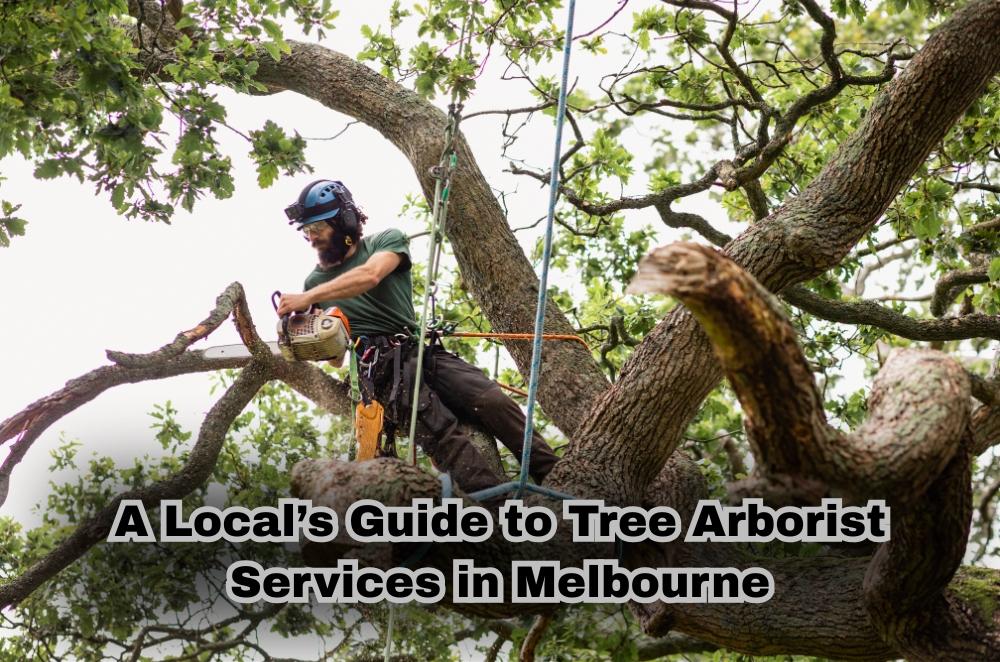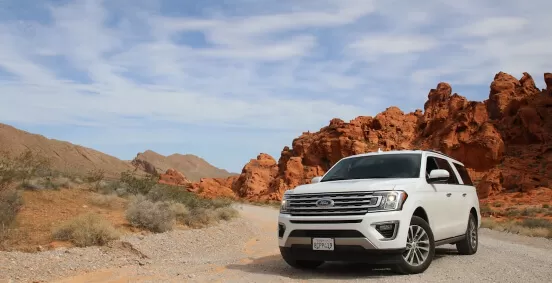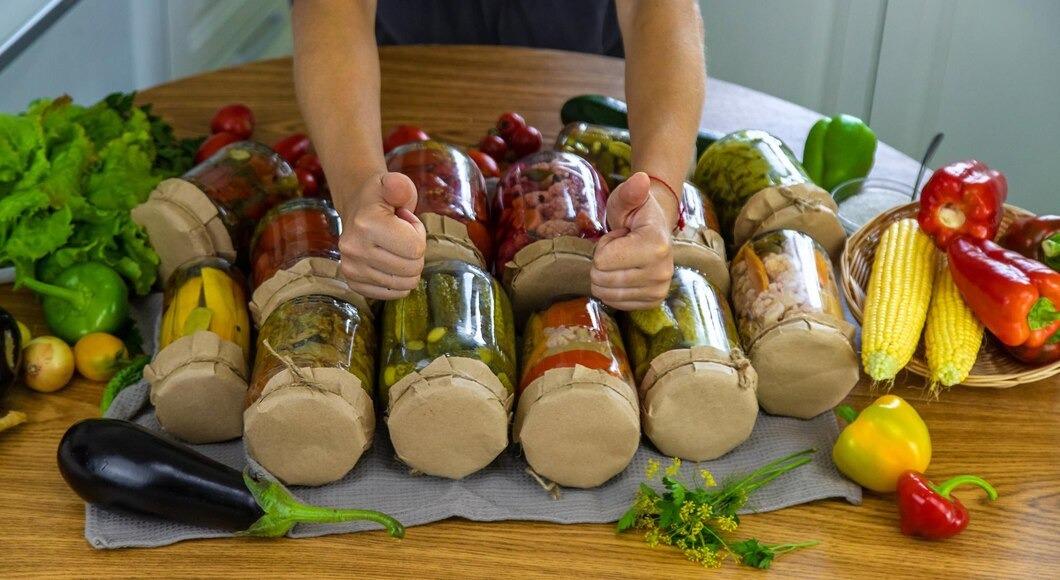A Local’s Guide to Tree Arborist Services in Melbourne

Searching for tree arborists near me is one of those things most people only do after something’s gone wrong. A branch falls, roots crack a pipe, or maybe the council sends a letter. That was me a couple of years ago, after a narrow escape during a wild storm.
What I thought would be a straightforward callout turned into a steep learning curve. Turns out, not all arborists are equal. And if you’re in Melbourne, there’s more to it than picking someone with a saw and a ute.
In this guide, I’ll share what I’ve learned about finding tree arborists Melbourne homeowners can rely on, what to expect during the job, and how to avoid the pitfalls I stumbled into early on.
What does a professional arborist do?
I used to think an arborist was just someone who lops trees. That’s only part of it. A real arborist is trained in the health, structure, and safety of trees. They know when to prune, when to leave things alone, and when removal is the only option.
The good ones don’t just cut—they assess and advise. In my case, the arborist spotted signs of fungal rot I hadn’t noticed. Left unchecked, it could’ve taken out the neighbour’s fence within a year.
Qualified arborists help with:
-
Tree inspections and risk assessments
-
Pruning for safety or aesthetics
-
Removal of dangerous or dead trees
-
Stump grinding and site clean-up
-
Pest and disease control
-
Arborist reports for permit applications
My biggest mistake? Hiring fast and cheap
I once made the mistake of accepting the lowest quote from a flyer that showed up in my mailbox. The bloke seemed confident. Said he had “years of experience.” No business name, no ABN, no worries—until the job started.
He hacked away at a mature gum without sealing the wounds. He left a huge pile of branches at the curb. And I found out later he had no insurance. If something had gone wrong, I’d be the one footing the bill.
Since then, I have only worked with properly qualified and insured professionals. When you benefit from a tree arborist, you're not just paying for labour; you’re buying peace of mind.
Know the rules before pruning or removing trees
One thing I wish I knew earlier: Melbourne has strict rules about what you can and can’t do with trees on your property. Certain species are protected. Others can’t be touched if they meet height or trunk-size thresholds.
A permit is often required for removal, and in some cases, even for heavy pruning.
This is where a certified arborist really earns their keep. They can walk you through the process, help you apply for council permits, and make sure everything stays above board. No one wants to risk fines over something avoidable.
If you’re unsure, check out the official tree management policy from the National Capital Authority. It covers the standards for urban tree care and explains when a permit is necessary.
What to expect when an arborist visits your site
The first real arborist I worked with walked around the property with me, asked a bunch of questions, and pointed out risks I hadn’t even noticed. He gave clear explanations, used proper terminology, and didn’t pressure me into anything.
A proper site visit should include:
-
A visual inspection of the trees involved
-
Discussion about goals (safety, sunlight, aesthetics)
-
Identification of tree species
-
Assessment of risks or disease
-
An outline of work required, and whether permits apply
-
A written quote with clear itemisation
Avoid anyone who skips these steps. You’re not hiring someone to “chop stuff back”—you’re hiring a trained professional to assess the safest, healthiest outcome for your trees and your property.
Why location and local knowledge matter
Melbourne’s climate, tree species, and council rules are different from those of other cities. Someone from out of town may not be familiar with what grows well here or what the local council permits.
Hiring local means hiring someone who understands gum trees in clay soil, how jacarandas respond to pruning, and when to work around native bird nesting seasons.
This becomes even more important in other regions. I recently read about arborists managing growth in Queensland’s north, where humidity creates different problems. For that, I found a solid piece on tree trimming that covered these seasonal challenges in depth.
Wherever you live, look for someone who understands the local ecosystem—not just someone who owns a chainsaw.
Tree work is not cheap, and that’s a good thing
Let’s talk cost. People often get spooked by arborist quotes, especially for full removals. But this is technical, high-risk work. You are paying for equipment, training, safety planning, and liability coverage.
Based on what I’ve paid and the quotes I’ve collected:
-
Minor pruning: from $250
-
Large removal: $1,200 to $4,000
-
Stump grinding: $150 to $500
-
Arborist reports: $300 to $600
It is smart to get a few quotes and ask what’s included. That way, you can compare apples with apples. For more insight, this breakdown of tree removal cost is a great way to get your bearings before you commit.
Quick red flags that should raise concern
By now, I’ve learned to spot the warning signs. Here’s what I avoid:
-
No written quote
-
No insurance certificate
-
Cash-only offers
-
No mention of permits
-
Vague descriptions like “we’ll just trim it back”
Good arborists work with transparency. They want to protect your property and their own name. Anyone rushing you into a quick job probably is not someone you want on site.
Final thoughts from experience
If there is one thing I’ve come to respect, it is how complex trees can be. A healthy tree might have hidden rot. A small lean might mean major risk. An overgrown limb could be pushing into plumbing that you cannot see.
Do not leave this stuff to chance.
Next time you type tree arborists into your search bar, take a minute before clicking the first link. Ask questions. Look for qualifications. Go with someone who treats your tree like part of your home, not just another job.







